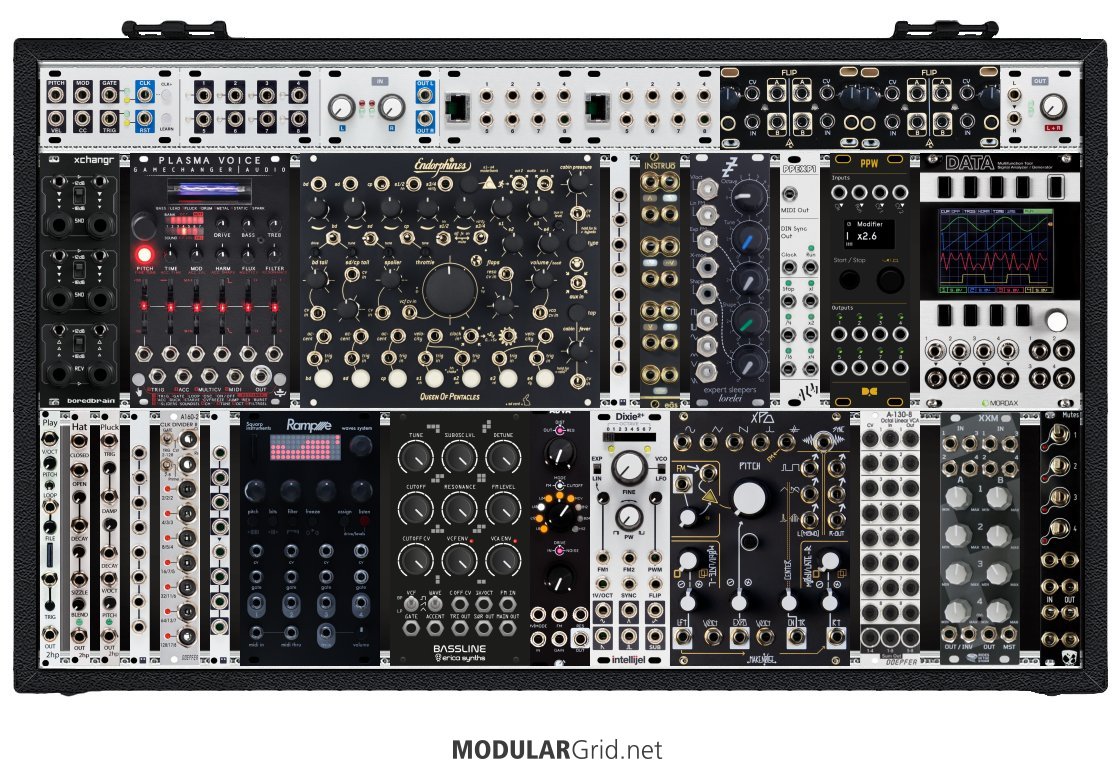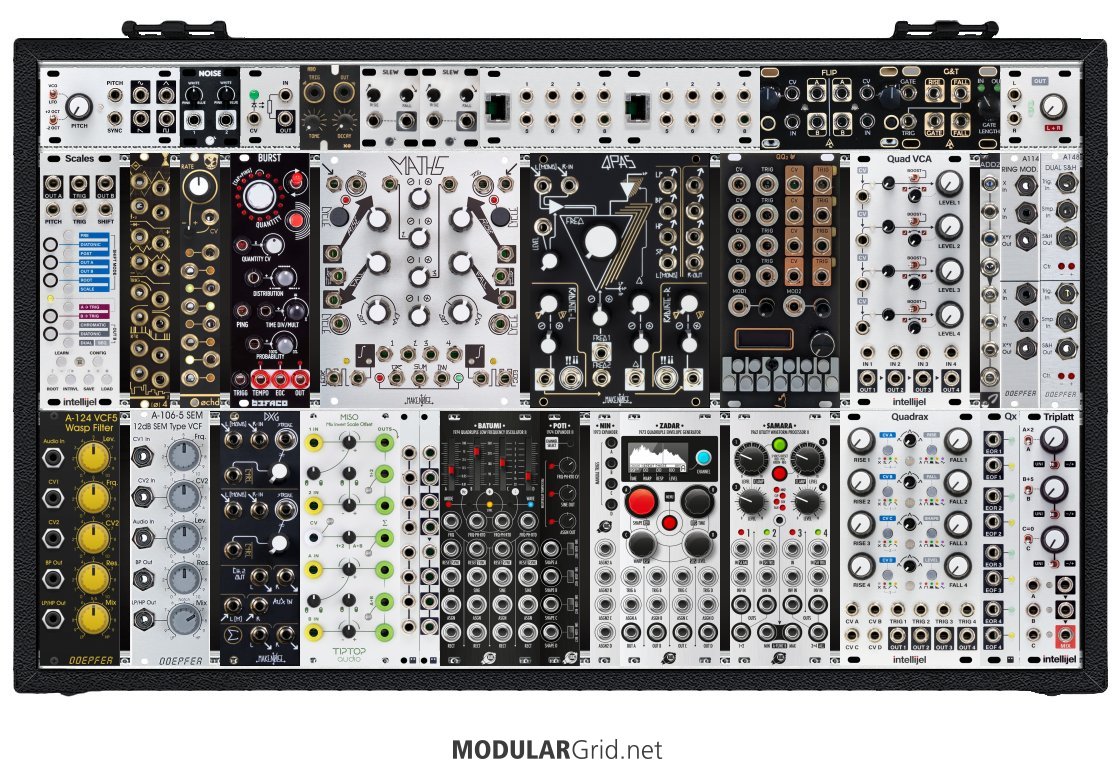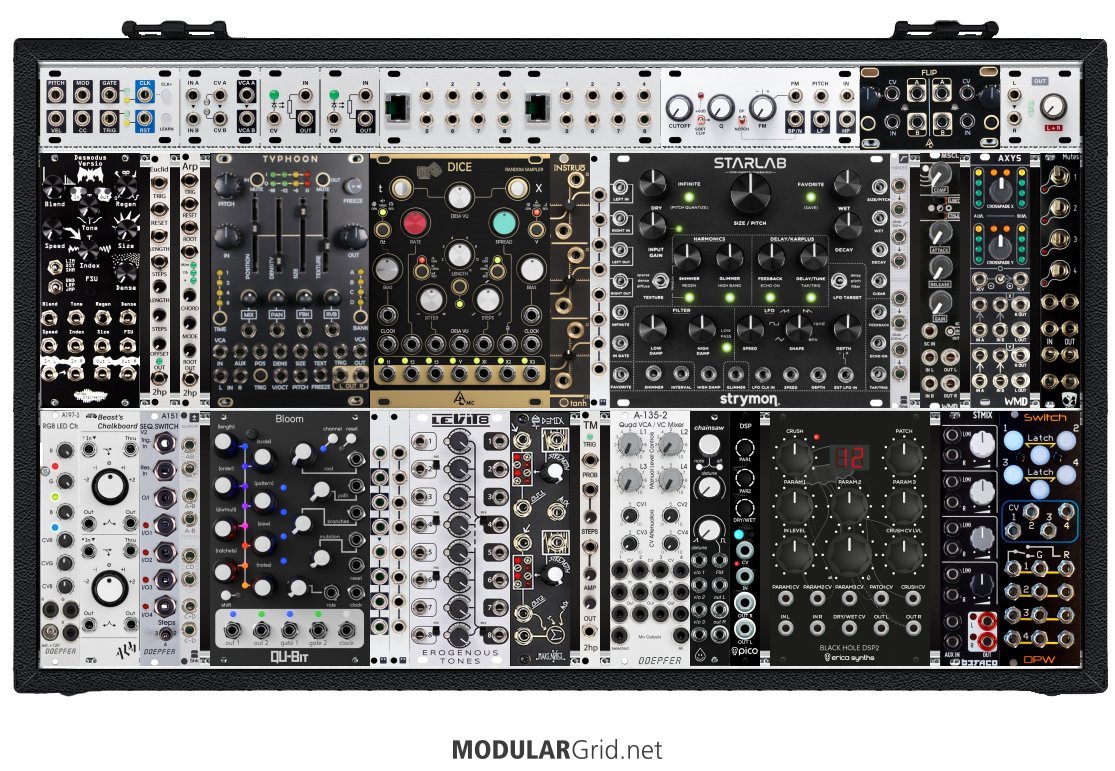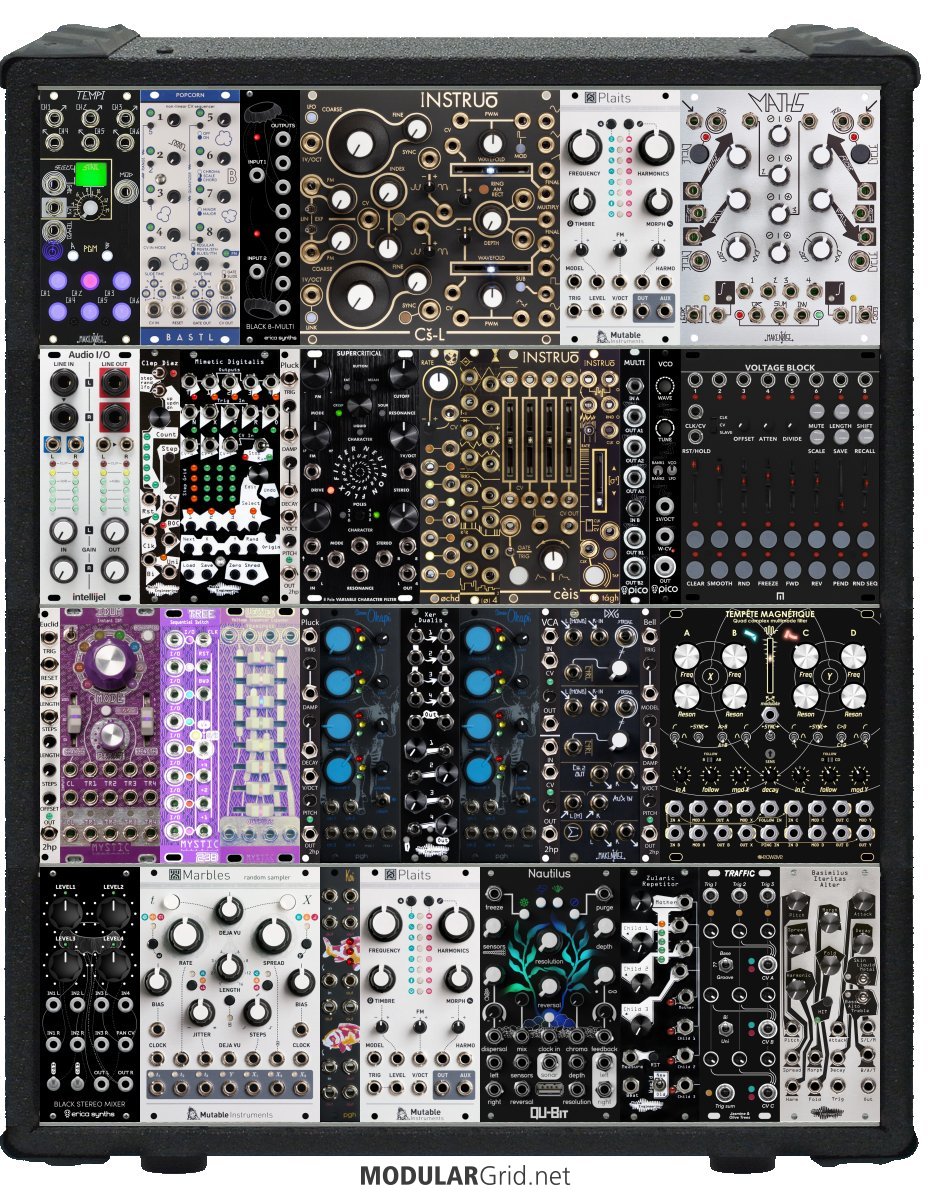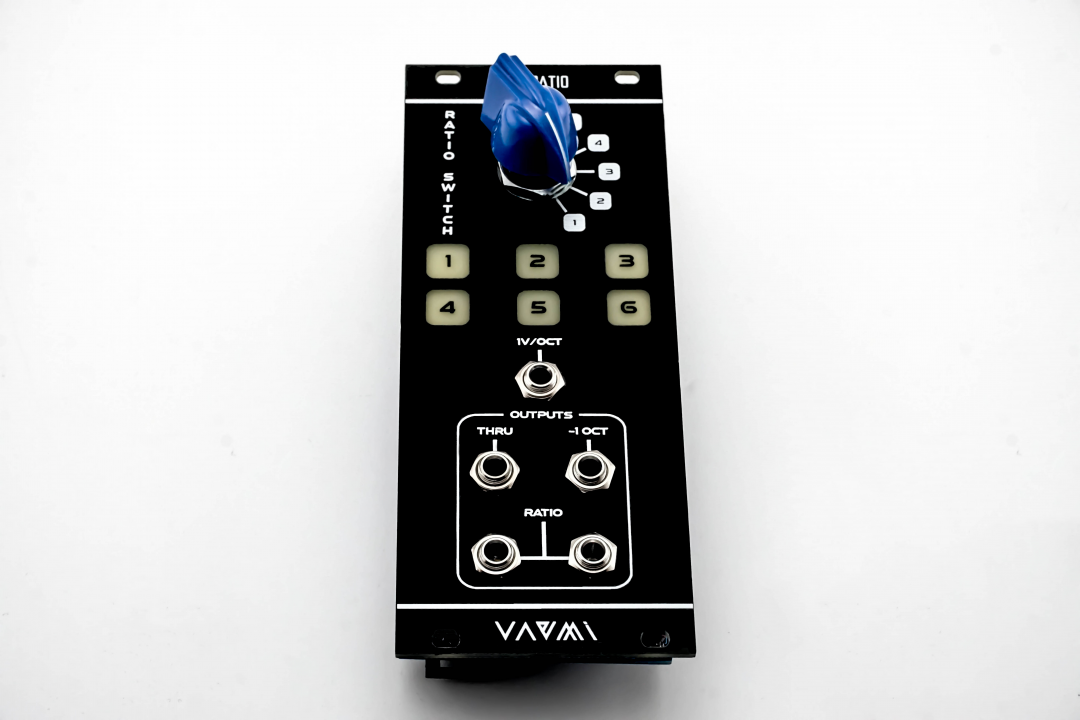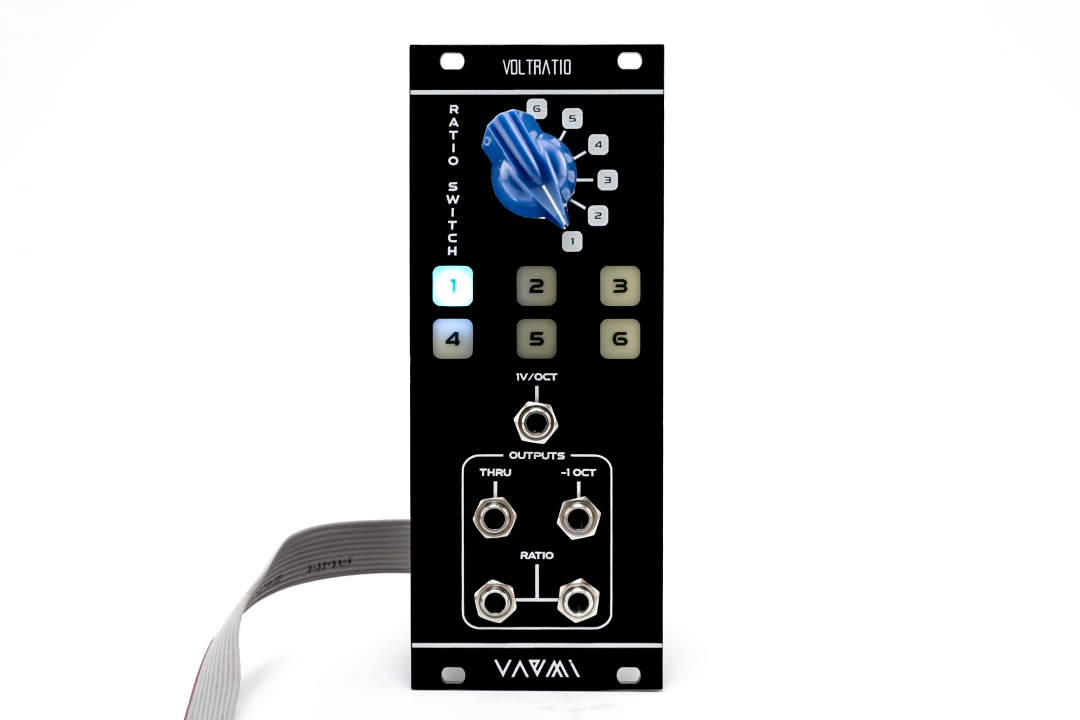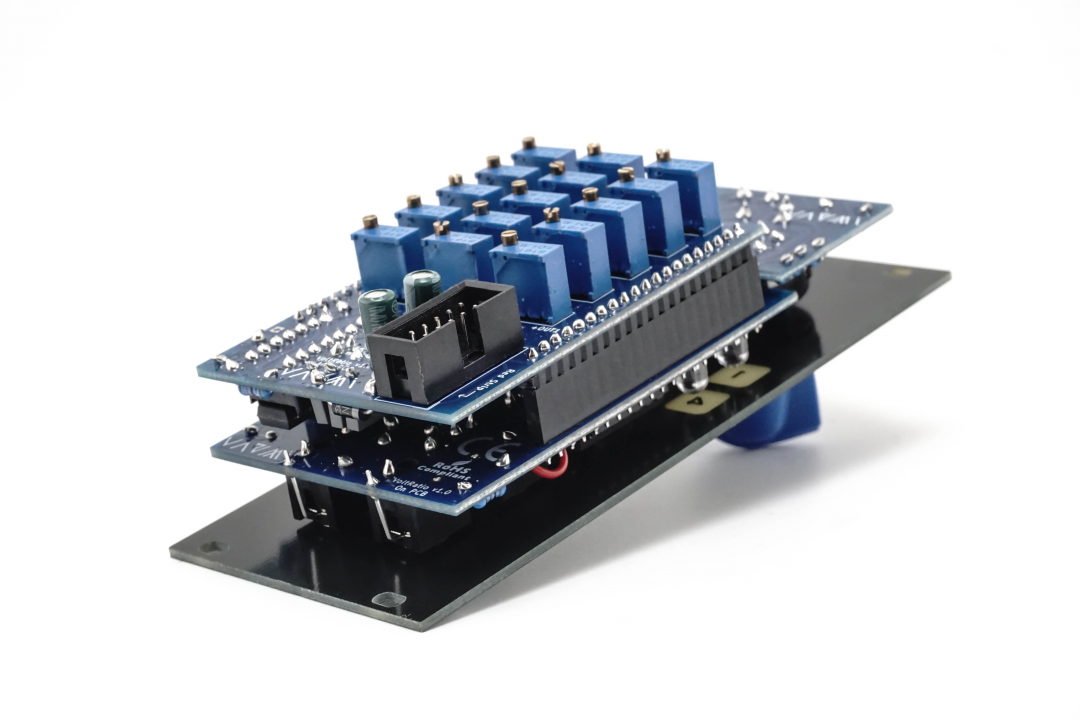GateKeeper, thanks for the response, lots of good thoughts in there!
I deliberately tried to get a mix of straight forward vs complex modules. I wanted some that were a no-brainer and that I could immediately dive right in with. However I also wanted many that would take quite a bit of time to explore the nuances and possibilities of. I love to learn almost to the point of compulsion. (I can devour logic puzzle books faster than they can print them. lol) As much as this new hobby will be for making music (or even just noise and soundscapes), I enjoy deep learning about things that are of interest to me, and I find that just as entertaining as the creative aspects. Anyone that didn't love the learning aspect, I would say should likely not be looking into starting off with something of this scale. So while that is a great recommendation to point out, I am actually looking for something to study and make my brain work as I devour it.
I've used complex 3D modeling and animation programs for many many years, and programs like After Effects or 3D Max are extremely menu driven. My eyes need a break from it and on a monitor, its bad enough, but on a module with a micro LED screen... well, I just don't want to have to pull out glasses or a magnifying glass every time I want to change a value of something. Something basic and straight forward with minimal layers, I could live with. But some modules look great and do everything under the sun, but I'm wanting to step away from the computer, and deep menus, while I'm comfortable using them, simply is counter to what I'm looking to do.
As for the visual aspect, mostly the issue is following the signal path (which on my Rev2 is all behind the scenes). As long as there is a visual representation (without menu diving), I'm happy. For instance, the Quadrax will display a different LED color depending on the mode. That is enough for me to be comfortable with. But being able to follow the course of patch cords to visually see the signal path will make all the difference in the world compared to internal routing. I also included a Mordax DATA so that I could pass signals through just to see the waveform as I twisted knobs to get a much better understanding of whats being changed and how (as opposed to drying to decipher it just by listening).
Desmodus: Yes, I really dig this. (The company seems great too, and I really like their way of letting you swap firmware)
Bloom: I seem to hear more positive comments about the company than about their modules. But this was the one particular one I could envision many uses for. I read the manual (a couple times) and watched quite a few videos and it seemed that for the price and hp that it had a lot of uses. I do think there is quite a bit of behind the scenes stuff that will make it a little harder to learn the nuances of it, and that was definately a consideration on this module. I think what persuaded to to include it was that it gave me a good module to spend time learning on that filled a its role nicely. While getting it to do something specific that I wanted was not something that would be happening quickly, but simply twisting knobs and stumbling across something randomly that sounded intriguing and fun seemed like it would be fairly easy. (I'm wondering, would you say that is accurate?) I had looked ad various Turing Machine versions and they seemed more complicated and I would end up wanting several add ons to get the most use from it, So it seemed that would be a more expensive route and take up more hp. What would you say are the main benefits of a TM as opposed to the Bloom?
Queen of Pent: One reason I selected it is because it was a module I could jump right in with. But, that aspect also makes it limited in ability to modulate So I have been somewhat torn on this module for that reason. (The rear sd card access is something that obviously no one is a fan of.) The idea on what to switch it with is some good info. I did like the flexibility of the Basimilus (and do like the company as I stated earlier). I'm not as familiar with the Tymp Legio, but will definitely look into it.
Pico Dsp: I originally had selected quite a few Picos, but the DSP is the only one that I didn't ultimately decide to rule out. It seemed to have great review and was fairly popular, so that helped play a part in including it. I thought that it a good range of "set it and forget it" abilities and most of them were things I would actually use. I figured that since one of my cases would be set up to be disconnected from everything and be a stand alone travel rack, that would be were the smaller modules would all end up. Though I do think I would like it more if it was 4hp.
As for the MIDI, I have a lot of other gear the couple take use of MIDI connectability later on down the line. But the things I listed were the main things I was wanting to connect. I plan to do a lot of multi tasking, such as Playing the bass or guitar while using the bass MIDI keyboard with my feet and being able to reach over and play a riff on a keyboard at the same time. The Beatstep pro will would be used for drum stuff mostly, and the OxyOne would be more for keyboard sequencing, so some MIDI functionality will be necessary. However, since one of the cases will be a travel stand alone case, I was planning to keep that one MIDI-free and not even have a keyboard so I could focus soley on patching with that one. That way I would have the best of both worlds.
I always appreciate anyone's 2 cents (Or even 3-4 cents! lol). And as for having fun... of course! That's why I listed that as my #1 objective for the rack :)


